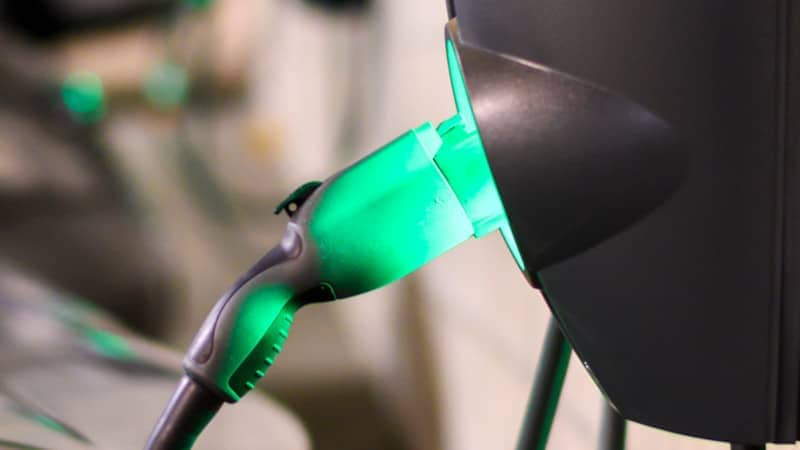Welcome to our ‘Innovation in Energy’ podcast series where we will be exploring some of the latest themes and insights from the energy sector as it goes through a significant transformation, fuelled by new challenges, new ideas and new technologies.
From the smart, flexible grid of the future to implications for strategy and operations, we discuss the new, emerging trends coming from innovation in energy. New episodes on a range of topics related to innovation in energy will be added regularly, with each episode lasting approximately 10-15 minutes. Sign up to listen to the podcasts on your desktop or mobile device, using one of the options below.
Latest episode

Series 3 Episode 1: Unlocking the UK’s potential with lithium
August 2024
In the latest episode of Innovation in Energy, our podcast panel explores the opportunity for the UK to play a leading role in the processing of critical minerals as global lithium demand continues to grow.
With a shift to renewable energy sources and increased deployment of Electric Vehicles (EVs), developed nations across Europe and North America are playing catch-up with China in the race for critical minerals.
To reset the balance and meet their decarbonisation commitments, countries like the UK should focus on building integrated supply chains to produce battery chemicals closer to home.
Cameron Tonkin, COO of Green Lithium, joins our host, Liz Hunt, sector leader for Energy & Resources, PwC UK, and Alan Moore, Capital Projects Director for Energy, Utilities and Resources, to discuss the opportunity.
Listen on:
Contact us








